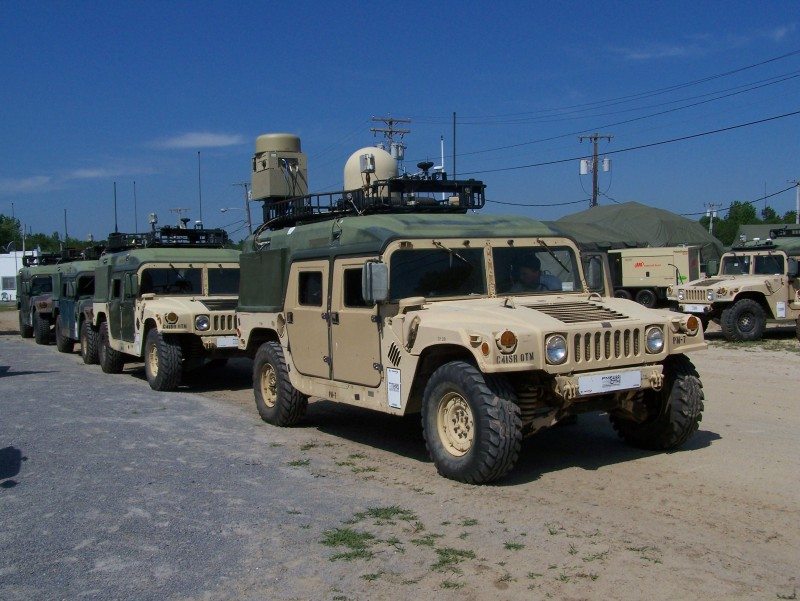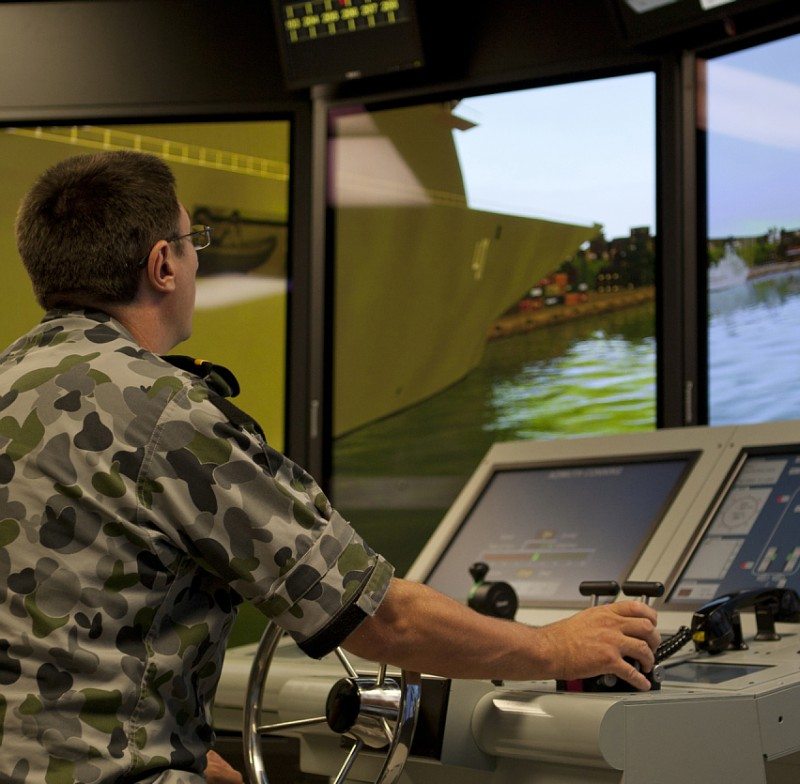Global defense is inseparably woven with technology, particularly communications technology. Communications systems on the battlefield are vital components for mission success. For soldiers on the ground, radio and other communications devices act as lifelines. Communications technologies have developed to such an extent that the ability to instantly share critical intelligence data as well as seamlessly transfer command and control instructions is becoming a crucial factor for gaining tactical advantage in the battlefield.
The next generation of technological development for military communications will be greatly influenced by the goal of a fully interoperable solution, wherein data can be obtained from various sources irrespective of the solution.
Analysis from Frost & Sullivan, “Defense Communications: Funding Trends and Prospects,” finds that defense communications technologies such as tactical radios and military satellite and network-centric communications are the key technologies driving funding in the defense communications market.
“Network centric warfare (NCW), enhanced situational awareness and increased use of commercial off-the-shelf (COTS) technology are witnessing increasing technological development and funding activities,” notes Technical Insights Research Analyst Anand Srinivasan. “Integration of existing technologies with new cutting edge technologies is further driving the research activities in this sector.”
The market for defense communications is likely to be supported by a number of demand drivers, notably the need for allied information advantages in large-scale operations such as those in Iraq and Afghanistan. The defense industry is entering into a new phase where huge R&D efforts are being concentrated on defense communications, as an increasing number of defense establishments realize the need for empowering their defense forces with the latest communications technologies available.
Despite the bright outlook for the market, there are some challenges clouding the landscape. Lack of funding remains a key factor in Europe and Asia has not been able to match up to the capabilities of the United States. Trends in Asia-Pacific and the Middle East point to procuring radios either from the US or Europe as opposed to indigenous R&D. Some of the issues faced by communications technologies include interoperability, bandwidth, multilevel security, scalability, electronic counter measures and collaboration across multiple weapons.
Even though a particular nation takes a large number of initiatives for addressing the most important challenges faced by defense communications, only the relevance of contribution determines its competence. The evolving situations and technologies pose new challenges for ensuring seamless communications of command and control information between the various geographically separated, forward-deployed units.
“At present, a lot of funding is going into research activities to deliver cutting edge technologies which can be leveraged in battle field communications,” says Srinivasan. “These technologies are expected to address the dominant concerns surrounding the existing communication technologies in the defense sector.”
In the future, enhanced investments are likely to be made in projects where the emphasis is on amalgamating cutting edge technologies with the express needs of the defense communication sector. High bandwidth communications, which are currently being deployed in the commercial sectors, will be utilized to shore up the defense sector.
Defense Communications: Funding Trends and Prospects, a part of the Technical Insights subscription, provides a preview of the process of private equity, venture capitalists and other corporate funding. Further, this research service includes detailed technology analysis and industry trends evaluated following extensive interviews with market participants.
Frost & Sullivan enables clients to accelerate growth and achieve best-in-class positions in growth, innovation and leadership. The company provides disciplined research and best-practice models to drive the generation, evaluation, and implementation of powerful growth strategies. Frost & Sullivan leverages over 50 years of experience in partnering with Global 1000 companies, emerging businesses and the investment community from 40 offices on six continents.











